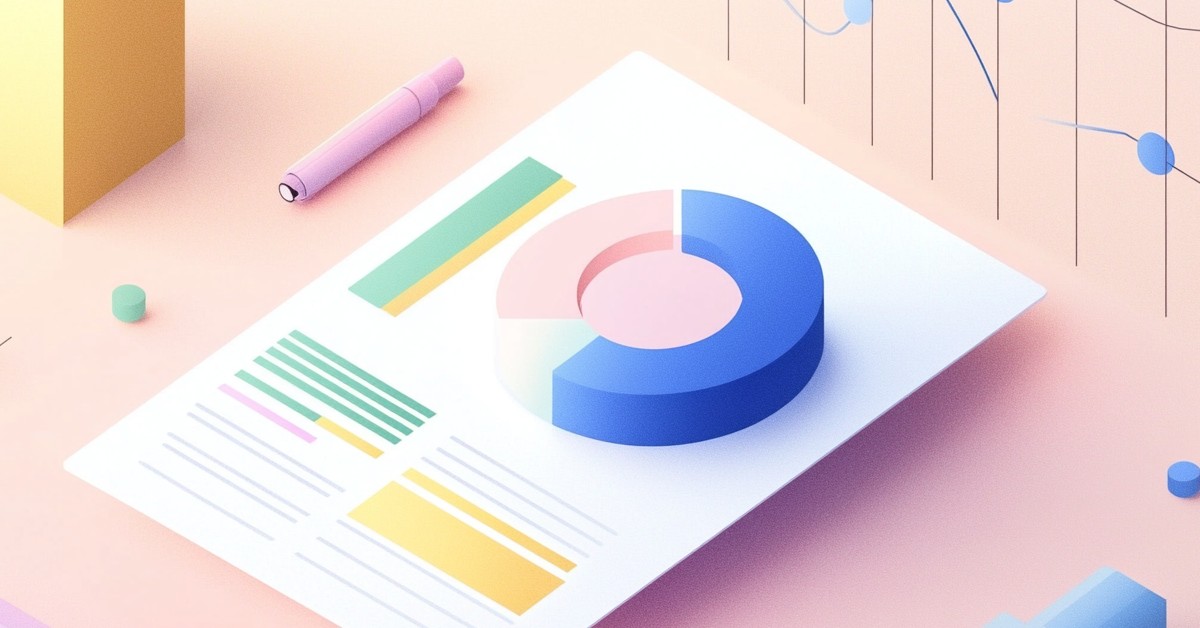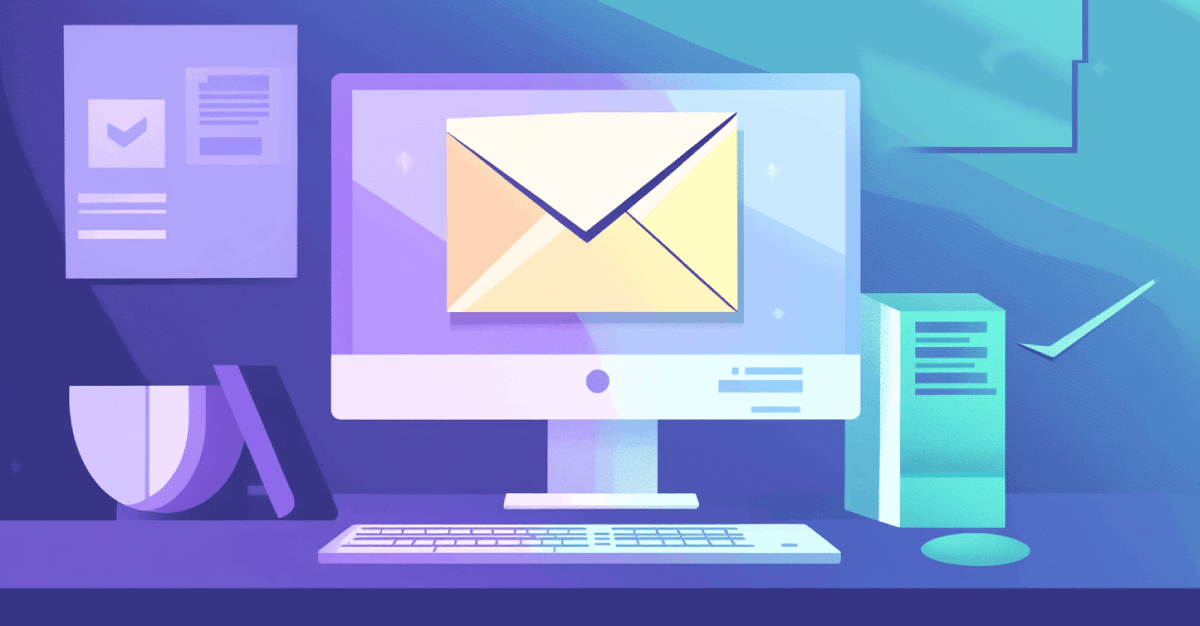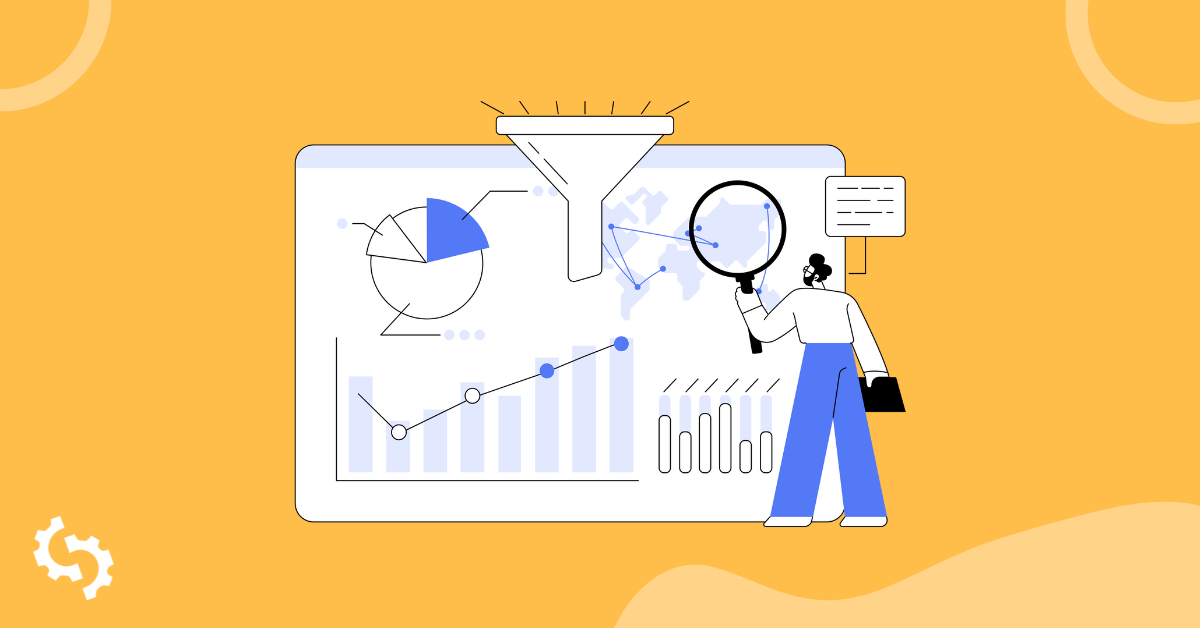
Whether you sell DTC products or dabble in the real estate market, a marketing funnel helps you track how your customers buy—from the beginning to the end.
While not every funnel follows a one-size-fits-all pattern, a marketing funnel is essentially a series of steps that guide prospects through the customer journey—from awareness to post-purchase.
The funnel helps marketers plan and measure efforts to attract, engage, and convert prospects through messaging via landing pages and ads. While an optimized ad alerts your visitors about your product/offer, the landing page's job is to give people all the information they need about the offer and persuade them to buy.
Because your prospects’ motivations and desires vary at each stage of the marketing funnel, optimizing your landing pages differently for every step is critical in getting more advertising conversions and, eventually, a higher return on ad spend.
So, how do you optimize your pages for every stage of the marketing funnel?
Let’s find out.
This post will highlight how to design and optimize your landing pages for every marketing funnel stage and showcase examples of pages that are doing it right.
Awareness stage: Create landing pages that spark intrigue
As this is the start of the journey, your landing page needs to align with your customers’ interests and values. Typically, at this stage, landing pages provide prospects with initial information about your company, increase blog subscriptions, and generate downloads for tip lists, ebooks, or white papers.
Use this stage to connect with your visitors by talking about relatable experiences and common problems—weave a story that draws on your customers’ propensity to empathize or spark an intrigue that they want to explore more.
The home goods company Miracle sells antibacterial sheets that don’t generate odors, so you do three times less laundry.
Their awareness stage landing page features a Mother’s Day sale of up to 46% off.
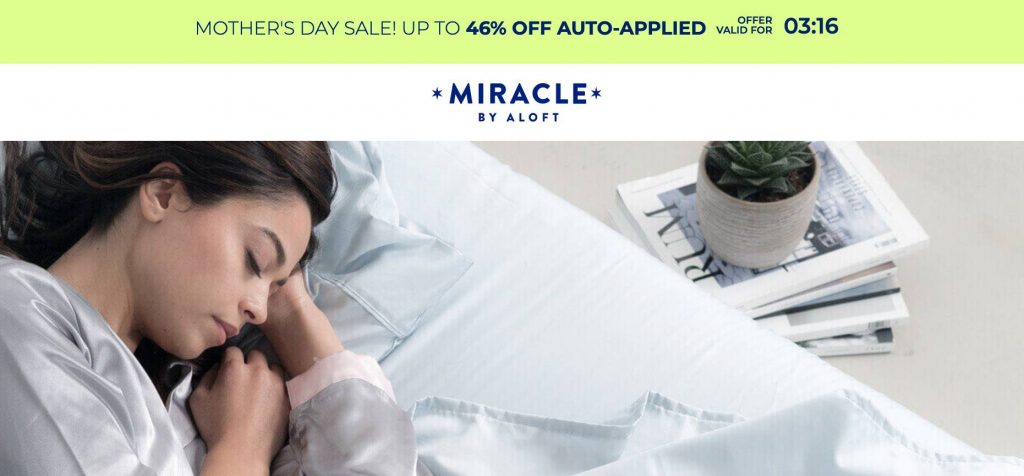
Along with presenting the offer, the Miracle landing page also educates visitors on the “6 Reasons Why Americans Are Ditching Their Traditional Sheets” in favor of comfortable, breathable, and soft bedding.
The brand is using the awareness stage to inform visitors about what qualities elevate their products above traditional bedsheets, and why they should get their hands on Miracle sheets by offering them another 20% discount for a limited time.
Consideration stage: Educate and inform
In the consideration stage, your prospect knows about your brand and what you sell. They are evaluating whether you offer the best solution to their problem and also outperform the competition.
Your landing pages need to explain:
- How you’re going to help solve the user’s problem
- How you’re helping them achieve their goal
- Why do you do it better than others in your space
Use the pages to highlight your product features and user benefits that help visitors understand why your offer stands out from the competition.
The most common landing page offers in this stage are webinar registrations, case study and report downloads, and demo requests—messaging and offers that give prospects a deeper look into what you’re offering.
Intercom’s landing page is a perfect example of what you should be doing at the consideration stage.
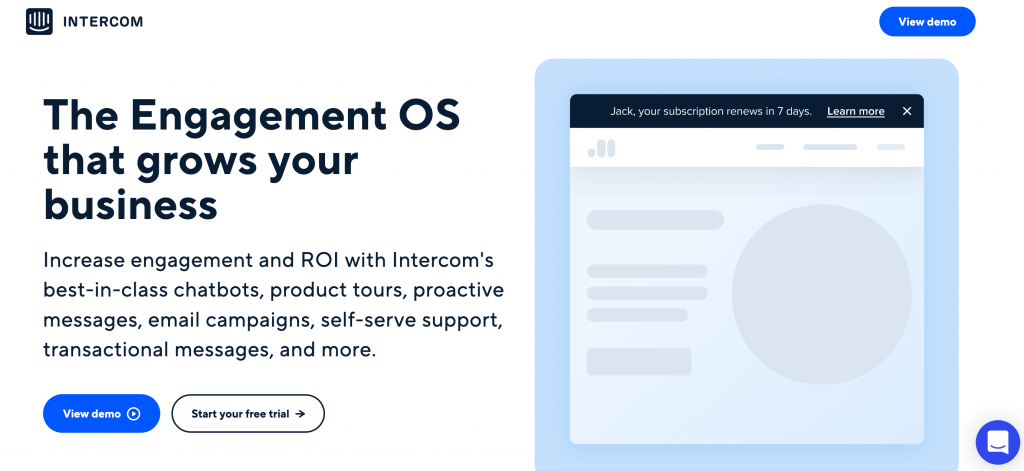
The landing page lets visitors view a demo or start their free trial with the business messenger platform. The page explains Intercom’s product features in detail, highlighting what the user gets from each feature with relevant gifs of the Intercom dashboard to help them visualize what working on Intercom looks like.
The landing page also showcases social proof with customer badges from notable brands and a 25K+ customer count.
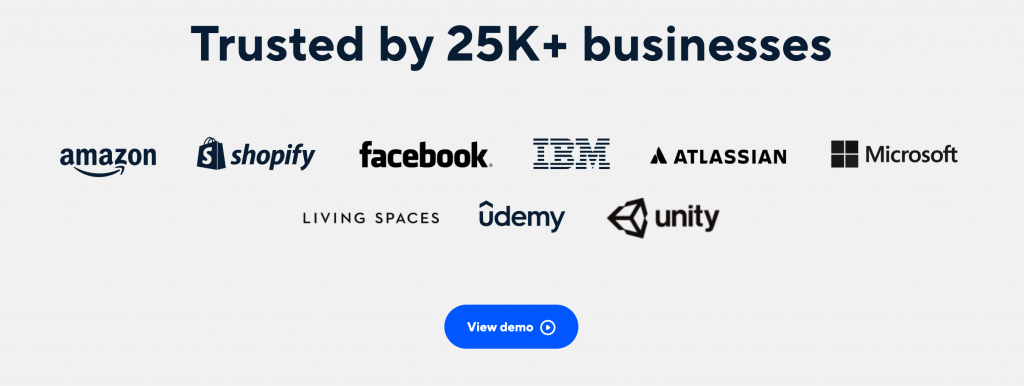
Conversion stage: Influence a purchase
At this stage, it’s essential to affirm how your offer helps solve users’ primary issues and pain points, so they can convert and move beyond the consideration stage. During the conversion stage of the marketing funnel, landing page offers include free trials, consultations, and product signups.
Because this is the make-or-break stage where your lead could either become your customer or choose your competitor, use lots of social proof and explain why your prospect needs your offer—customer testimonials are one of the best ways to establish credibility at this stage.
Canva’s conversion stage landing page explains how the platform “makes it easy for teams to achieve their collective goals and create professional designs together, with premium features like Brand Kit, Background Remover, and more.” The page offers visitors the option to start their Canva Pro trial for free.
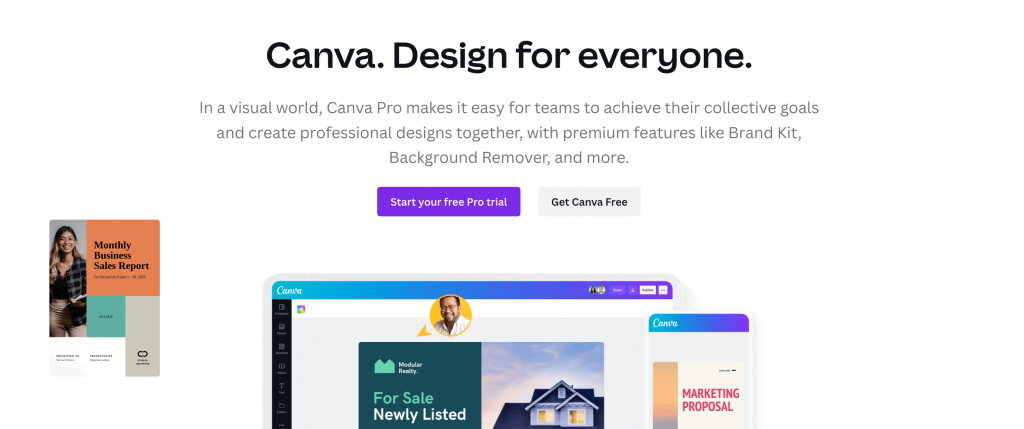
The landing page also features Canva’s pricing plans, so visitors can choose the plan that seems right for them.
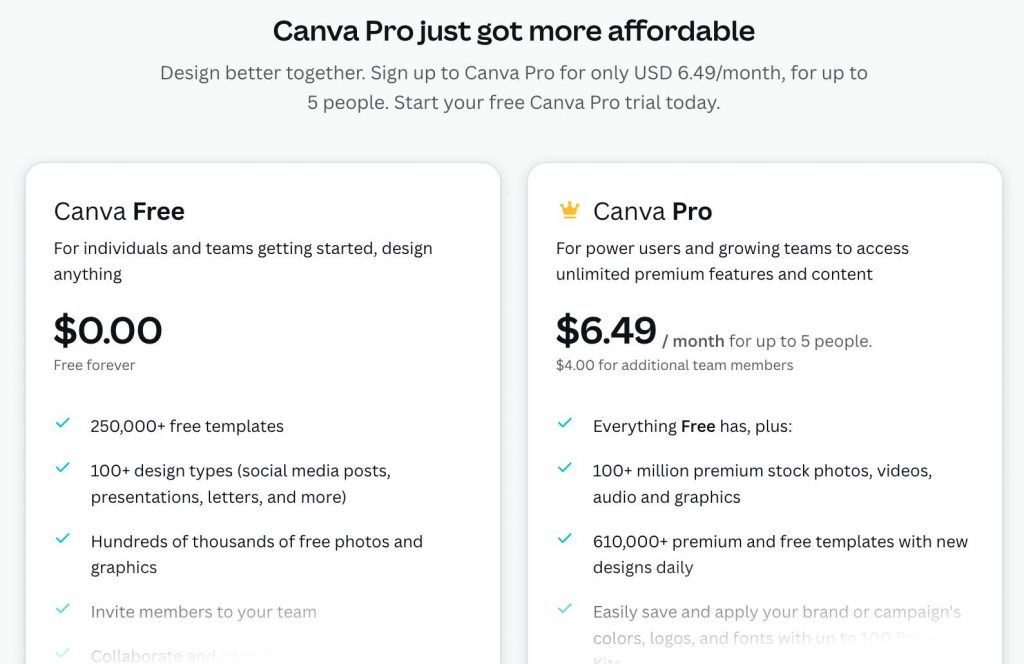
The page features customer badges and Canva’s global customer count for social proof.

The page also describes all the Canva premium features that users will have access to once they sign up for the 30-day free trial.
The landing page also has a drop-down FAQ section at the bottom to help solve any potential sales objections and make users satisfied with their decision to sign up with Canva.

After you’ve converted your leads at the conversion stage, your work is still not done. To ensure you don’t lose the customers you have acquired, it is essential to keep them engaged with community-driven messaging.
Invite customers to stay connected and be part of your brand so you can excel at the retention stage.
Send them regular emails, upsell and cross-sell offers, and promos you know they’d be interested in.
Optimize your marketing funnel one stage at a time
Not every visitor who lands on your landing page will buy immediately. However, this doesn’t mean they won’t click the CTA button in the future.
Optimizing your landing pages for each stage of the marketing funnel involves designing landing pages that consider various user expectations and mindsets.
When optimized correctly, the landing pages will help your brand engage audiences, foster connections, create a community, and establish social proof—all of which allow you to convert more customers, increase your return on ad spend, and generate more sales.

